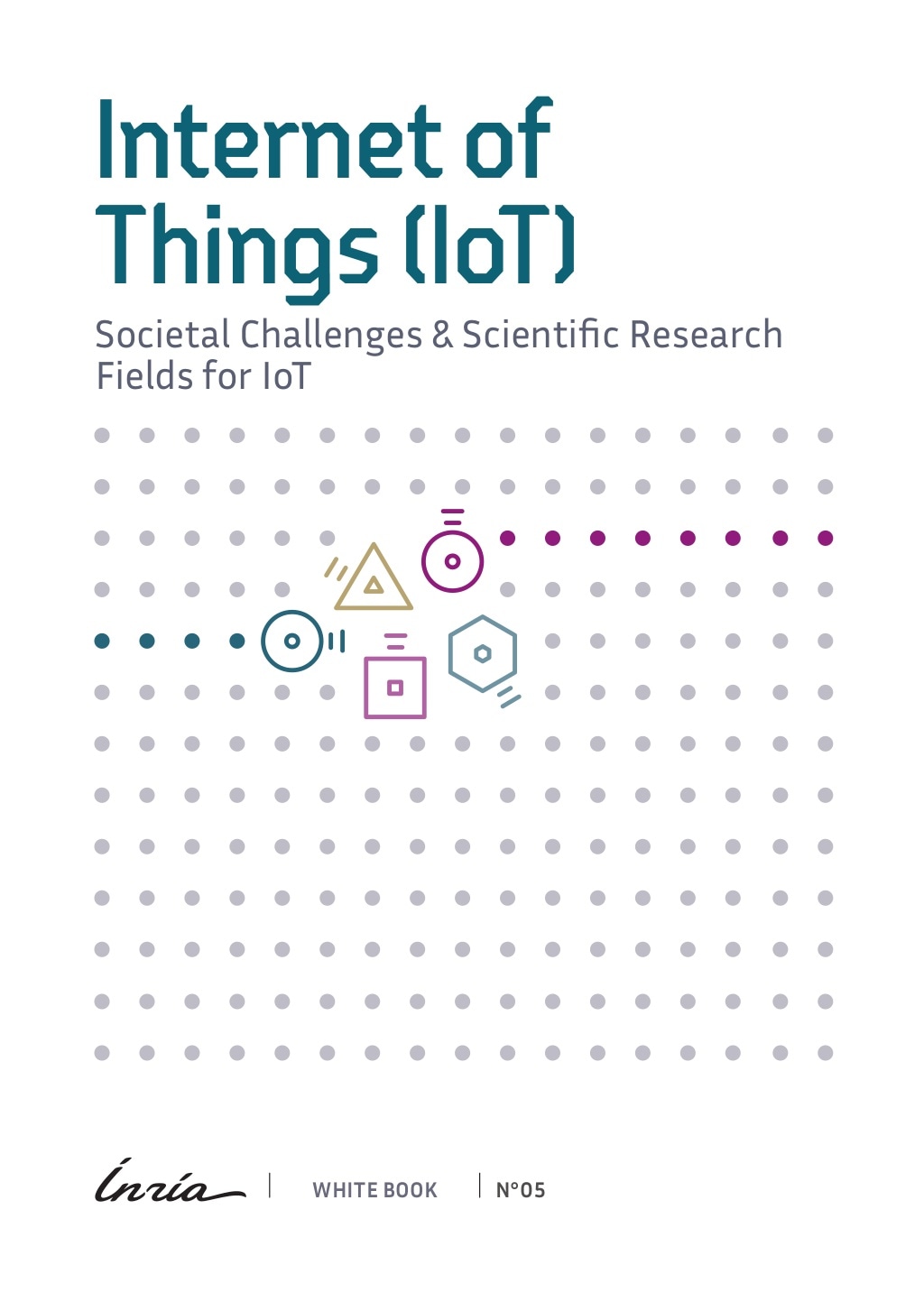Human Mobility: an Introduction
The classes with take place in the Alain Turing building (Inria Saclay, https://www.inria.fr/en/how-get-inria-saclay-centre, rooms hereafer) in the following time slots:
Looking forward to your participation.
-
Introduction to the course
-
Trajectory and Flows
-
Spatial Tessellations
-
Mobility data
-
-
Mobile Phone Data
-
GPS data
-
Social media data
-
Other data (POIs, Road Networks, etc.)
-
-
Preprocessing mobility data
-
-
filtering
-
compression
-
stop detection
-
trajectory segmentation
-
trajectory similarity and clustering
-
-
individual mobility laws
-
predictability of individual mobility
-
collective mobility laws
-
human mobility analysis in Python
- Implementation of a method within a mobility library
- An analysis of a dataset using a mobility library
Short Bio:
Google Scholar: https://bit.ly/3p2s4pu
Short-bio: Luca Pappalardo (PI) is a full-time researcher at the Institute of Information Science and Technologies of the National Research Council of Italy (ISTI-CNR) in Pisa (since 2017). Luca is a member of the KDD Lab – Knowledge Discovery and Data Mining Laboratory, a joint research initiative of the University of Pisa, the Italian National Research Council (CNR), and Scuola Normale Superiore of Pisa.
Luca’s research focuses on data science, AI, computational social science and their impact on society, with a particular focus on the (privacy-preserving) analysis of human mobility and the design of mechanistic and AI models for the prediction and generation of human mobility. Luca is also part of SoBigData.eu, the European H2020 Research Infrastructure “Big Data Analytics and Social Mining Ecosystem”, in which he is responsible for coordinating the research that is conducted within the infrastructure. Luca has been a visiting scientist at Barabasi Lab (Center for Complex Network Research) of Northeastern University, Boston, and at the Central European University (CEU) in Budapest, Hungary, and at the Pontifícia Universidade do Rio de Janeiro, Brazil. In 2014, Luca received a grant from Google and the Italian National Statistics Bureau (ISTAT) for the most innovative ideas in using big data sources to study complex economic phenomena.





